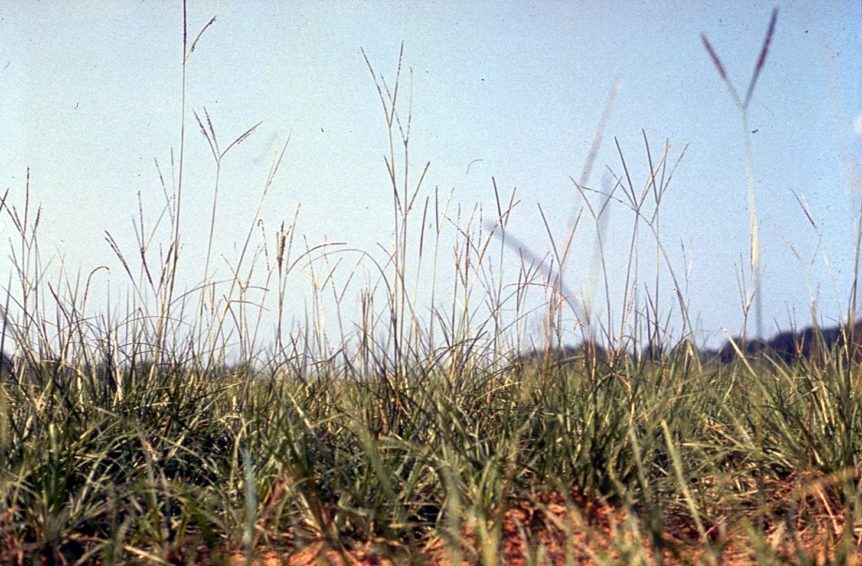Not all grass is equal. Bahia grass is one of the most widely used grass here in south Florida. What should you know about it? Let’s learn a little about the grass, its origin use and care.
Where Did Bahia Grass Come From?
Bahia grass originated from Mexico and South America. It prefers sandy soils and is tolerant of shade. This grass is unique as it is extremely durable and capable of withstanding tropical and subtropical weather. Typical tropical and subtropical weather can include large amounts of rain, and months with very little. Naturally this grass is hardy and does not get damaged by insects the way other lawn grasses usually do. In addition there are several different main types of Bahia grass with two being used in lawn applications here in southwest Florida. Pensacola and Argentine are the primary types of Bahia used in lawns.
As a result of the ability to grow well here in southwest Florida, it is also used quite often to help with erosion as well. Many of our clients have this grass near the Gulf waters and canals. Even though there is salt present in the sea spray, they grass seems to not be overly affected by it. If you want to be all scientific and know more about Bahia grass you can check out this page to learn more.
How Do I Care For Bahia Grass?
This grass is one of the easiest to maintain even if you don’t have a green thumb. Mowing often during the rainy season helps to promote deep roots. The grass should be mowed at 3-4 inches. The more often you mow, the less grass cut with each mowing. By doing this your mowings are less stressful on the lawn. Usually during the rainy season, you don’t need to water your lawn. The summer rains will really make your lawn come alive and look fantastic.
Mole crickets and weeds are the biggest threat to your lawn. If you give us a call or complete our online estimate request, we can keep both of these in check. As for the winter time, you really don’t need to water your lawn. Allow the grass to go dormant. Remember your grass doesn’t die in the dry winter months, the growth is just very slow. Once the rains come back in the spring, the yard will look fantastic again.

